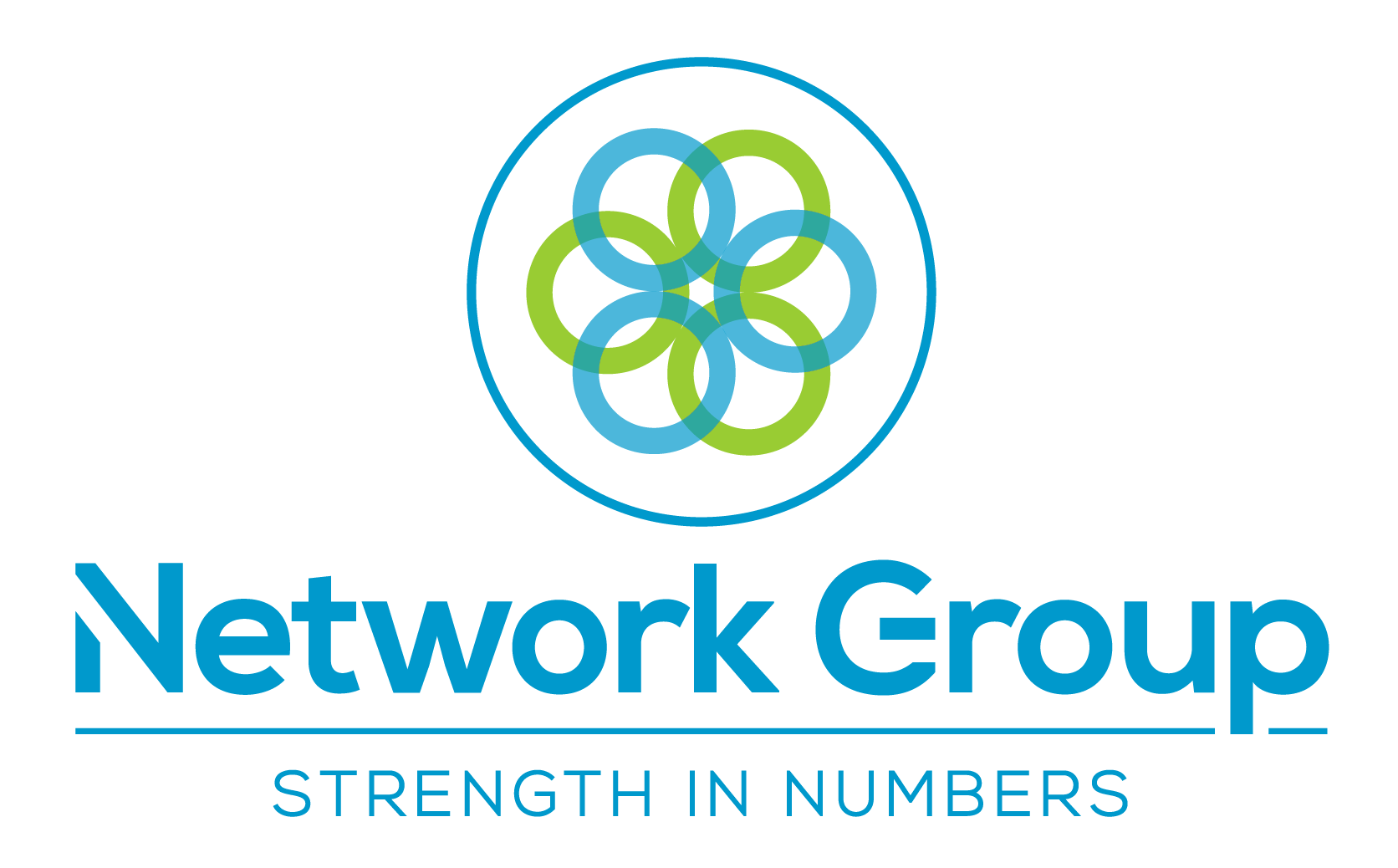How Migrating to the Cloud Accelerates Digital Transformation
By now, almost all organizations are, at least partially, reliant on cloud services. The speed and scale of recent cloud adoption show that organizations are tooling up for a truly cloud-native future. That’s because cloud-powered computing is now the most precise route to attaining business imperatives like increased agility and digital transformation. Where organizations might previously have harbored security, cost, and control concerns, as the cloud services market has matured, these have rapidly been overcome.
At the same time, organizations have advanced their understanding of how engineering in the cloud works. The rules of the game might seem a little different at first. Still, far from relinquishing security or control, cloud services help organizations implement better, healthier, more compliant, more flexible systems. It’s not just large enterprises investing heavily in the cloud; for small and medium enterprises, migrating to cloud computing services is a game-changer when they need to rapidly meet customer demand.
Why Migrate to the Cloud
The scalability, speedy implementation, effectiveness, mobility, and disaster recovery that the cloud provides are just some of the factors driving cloud services’ growth. Reasons to migrate include:
- Lower Costs
Customers are not required to purchase hardware or software, and they only need to pay for the services they are using.
- No Maintenance
The service provider is responsible for maintenance.
- Near-Unlimited Scalability
On-demand resources are available to meet business demands.
- High Reliability
Cloud provides a vast network of servers, which ensures against failure proof computing and disaster recovery.
- Agility and Scalability
The resource is pay-as-you-go. If an application is designed properly, it should be easy to scale quickly.
- Business Innovation
Cloud enables lower barriers to entry for innovation and prototyping. It is expensive and time-consuming to build testing and development infrastructure in-house. The cloud provider may offer more advanced functional capabilities in the areas of advanced data analysis and processing.
- Broader Geographic Distribution
The global distribution of cloud infrastructure and platform services (IaaS and PaaS) enables applications to be deployed to other regions quickly and cost-effectively.
- Increased Application Availability
High Availability (HA) is usually a prerequisite for business-critical applications. Cloud computing service providers such as Microsoft Azure can guarantee 99.99% uptime and can often jump to 99.999999%.
- Technical Flexibility
Customers can pick from a range of services, making it far easier to accelerate their own digital goals.
- Security Improvements
Built-in security services enable customers to protect data, apps, and infrastructure.
- Deployment Options
When it comes to cloud deployment, organizations can choose one of the three cloud deployment models: public cloud, private cloud, or hybrid cloud. Your best fit deployment model will depend on where your data is stored, how you/your customers interact with it, how they get to it, where the application runs, and how much of your own infrastructure you want or need to manage.
The most common deployment model is the public cloud. Public cloud requires no local hardware to manage or keep up-to-date––everything runs on the cloud provider’s hardware. In some cases, customers can save additional costs by sharing computing resources with other cloud users. Businesses can use multiple public cloud providers of varying scale. Public cloud deployments are frequently used to provide web-based email, online office applications, storage, and testing and development environments. Examples of public cloud providers are Microsoft’s Azure, AWS, and Google.
Choosing a Cloud Service Provider
What should you look for in a cloud engineering partner?
If you’re in the process of evaluating cloud engineering partners, you’ll no doubt be interested in their track record. What level of expertise does the team have? Have they carried out a wide variety of migration tasks? Can they share examples of customer success stories? What level of support can you expect?
It isn’t easy to generalize about cloud migration engagements because migration services suit all requirements and budgets. However, organizations will likely want to consider workload planning, ensuring the cloud architecture meets both current and future needs, and managing the successful execution of each migration. Besides, organizations may require compliance support to provide comprehensive security, compliance, risk assessment, and regional regulatory requirements.
What outcomes can you expect?
A major healthcare company recently completed an end-to-end walkthrough of their cloud database migration to Azure. This involved migrating more than 120 users, three web applications, and one mobile app. Multi-regional setup was enabled with more than five read replicas to address latency and more than 80 operation reports. The entire migration scope was completed in two months while delivering fully secured, HIPAA-compliant in infrastructure compliance with the federal government and customer MSA.
There are many more examples of established enterprises making a move to the cloud. Organizations, regardless of size, can begin extracting value from their cloud investments in a matter of weeks, meaning greater flexibility, scale, and agility from digital engineering in the cloud, not to mention faster prototyping and time-to-market. Cost is unsurprisingly a key factor, and organizations can reasonably expect efficiencies. The security and disaster recovery options are better for many, if not all, organizations.
The bottom line? Digital transformation in almost all industries is powered by cloud migration. If you’re serious about digital transformation, then cloud migration needs to be on your agenda
News Source: https://www.iotforall.com
Join Our Mailing List
All sign-ups are handled inline with our privacy policy and can unsubscribe at any time.






















